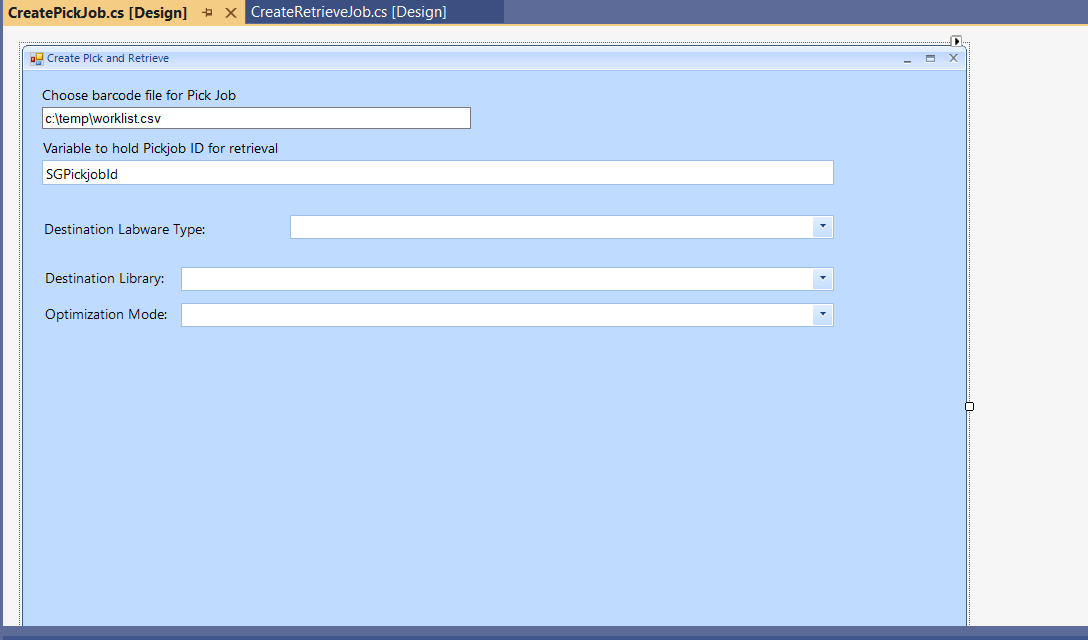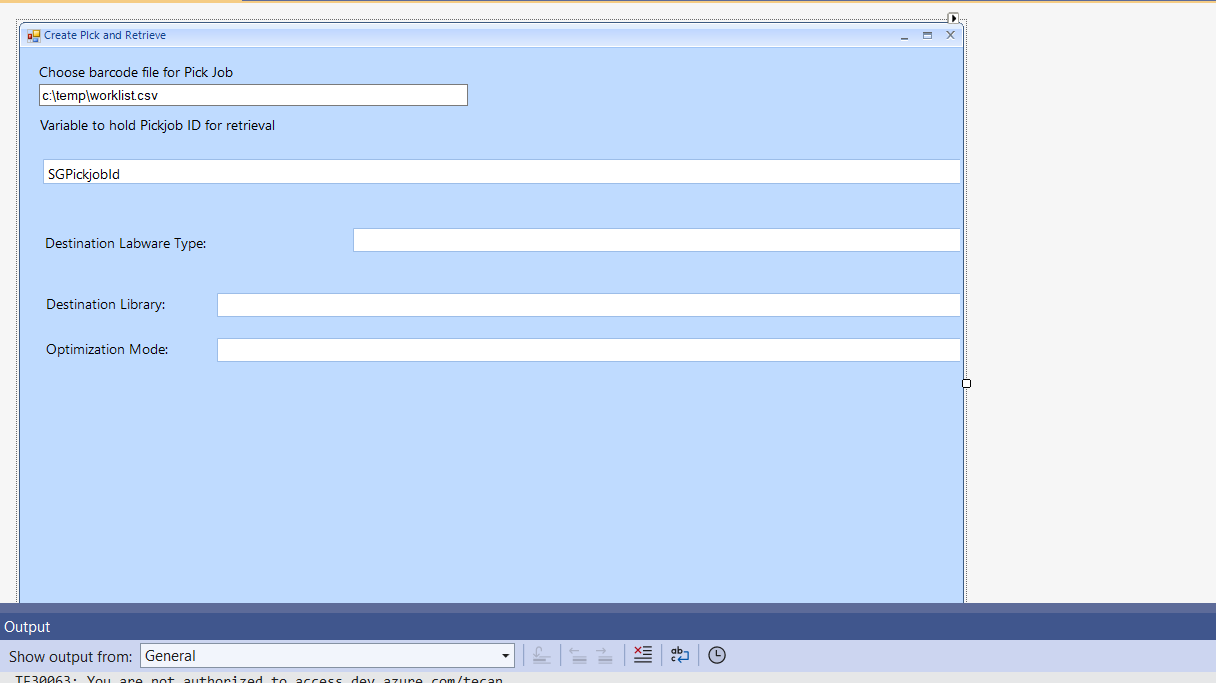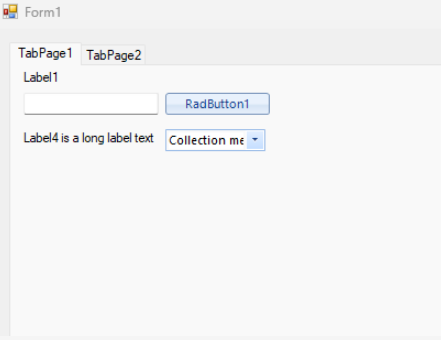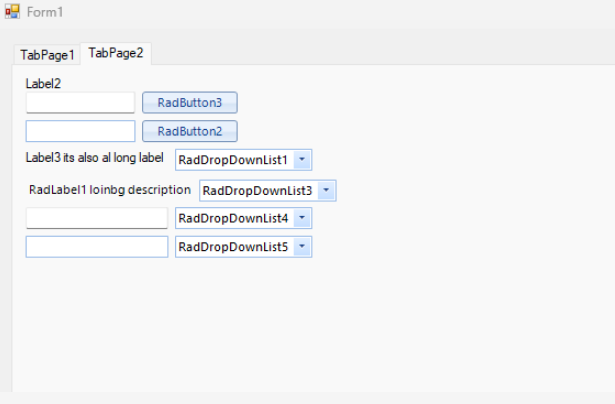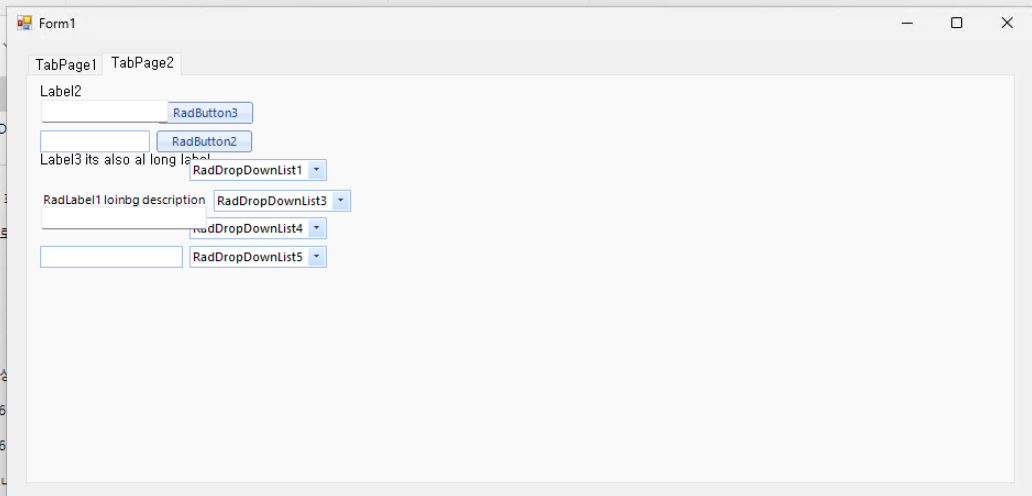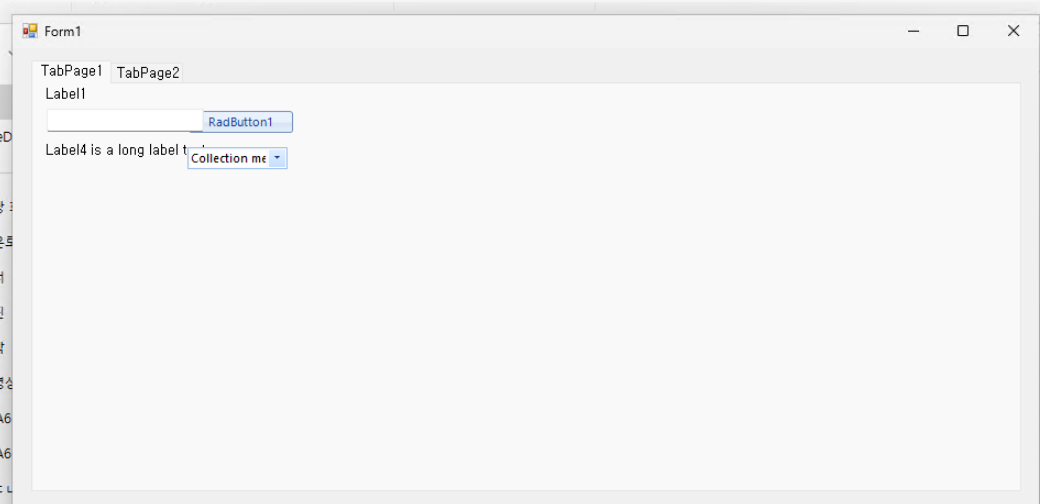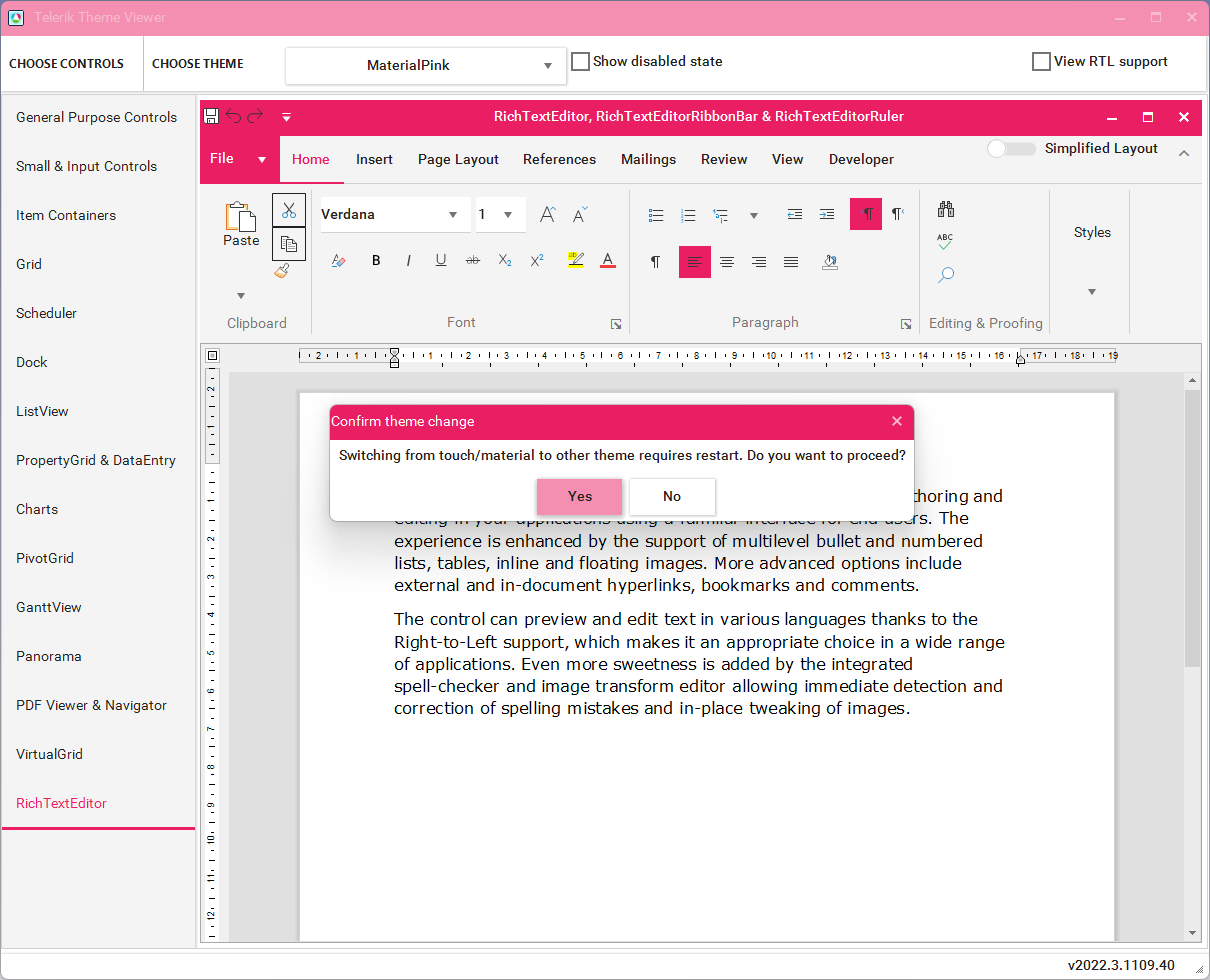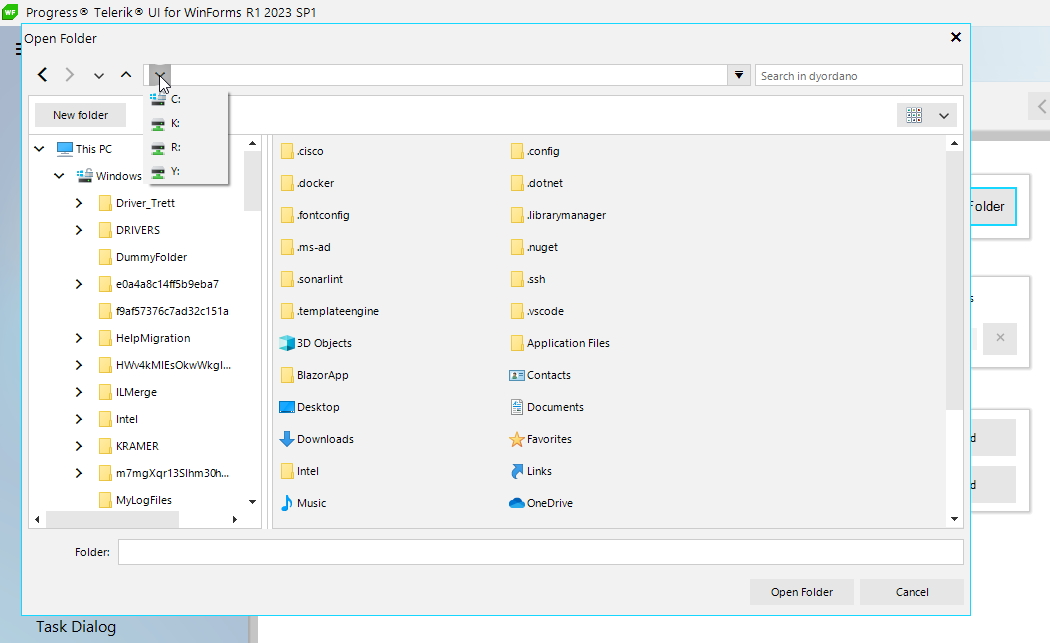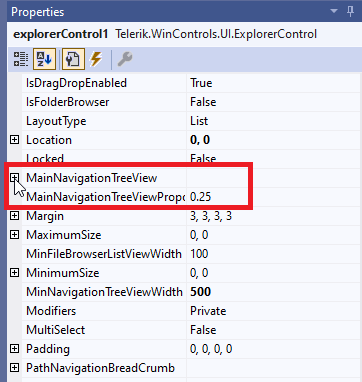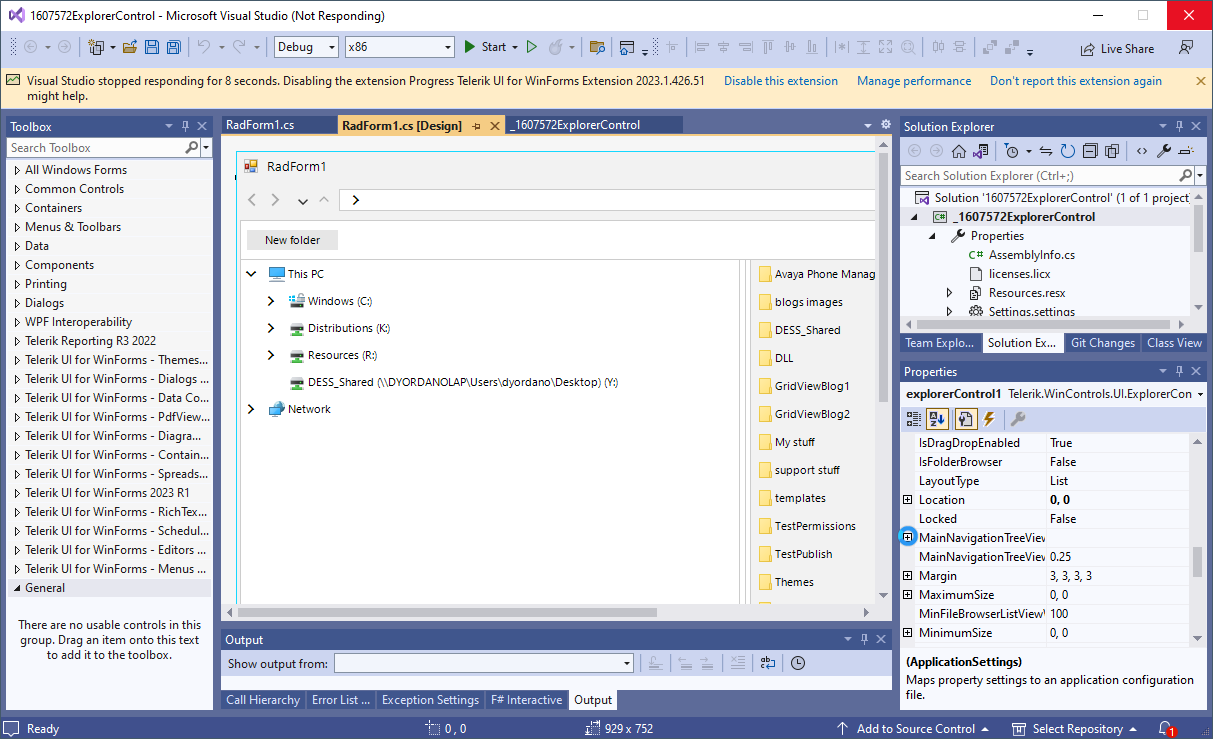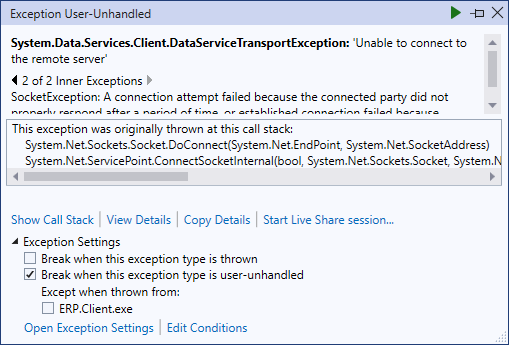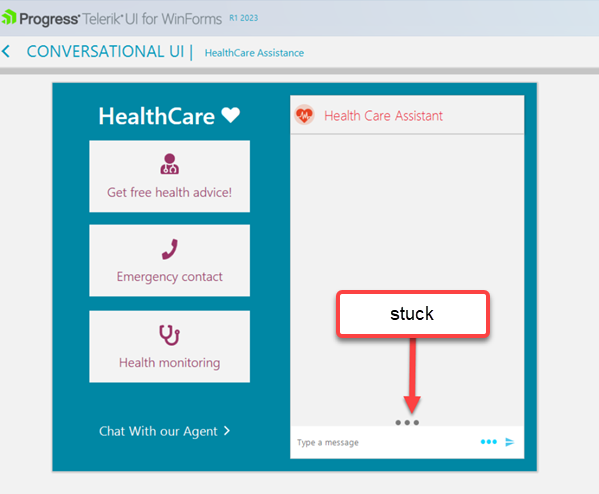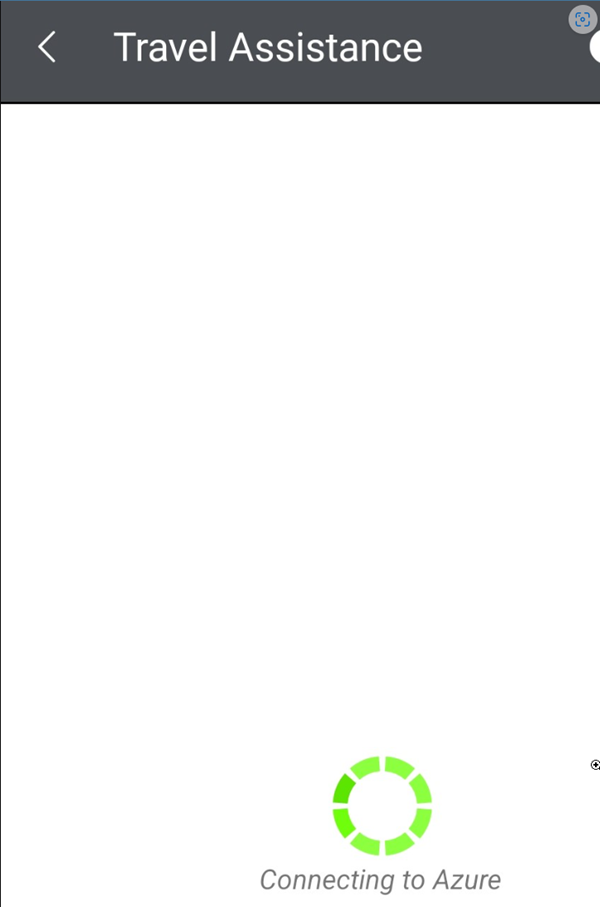Erro encontrado no RadGridView, quando está com configurado como ("SelectionMode" : FullRowSelect) e ("ClipboardCopyMode" = "EnableWihoutHeaderText"), o mesmo está abrindo um menu de contexto/menu suspenso "Copy" e impede a abertura do menu de contexto customizado. E ao copiar o conteúdo de uma célula em específico, copia a linha toda.
Na imagem a baixo, mostrando que está impedindo o menu de contexto do sistema
Sobre o Clipboard, aparentemente não está enviando o conteúdo da célula corrente e sim mandando da linha toda
resolvi aqui usando o evento KeyDown do RadGridViewif (e.Control && e.KeyCode == Keys.C)
{
Clipboard.SetText(myGrid.CurrentCell.Value.ToString());
}It would be great if there were a right-click menu option for custom Rad controls to "apply the theme to all sub-controls", similar to how Forms work.
I've attached images to illustrate the functionality.
Right now it only works for forms, and my custom controls have to be manually adjusted one at a time, by hand, which is time consuming and error prone.
It would save a lot of time and reduce the chance of missing a control when applying themes locally.
Right now the only way to apply themes is either globally or individually by hand, or with a find-replace-in-files command on the ThemeName property.
Hello,
Our product uses Infragistics controls. We have been in business for 21 years and since then we have been using Infragistics controls for WinForms. We would like to move to Telerik controls for WinForms, even though we already use Telerik controls for Blazor. Is there an easy way to convert them? Is there any plan to release a tool to convert them automatically? It will be very helpful and I am sure many companies are interested as well.
Thank you
To reproduce RadGridView (or other RadControl) flooding WM_TIMER messages do the following
1. Create a simple WinForms project with a RadGridView in it.
2. Open spy++ tool (it comes with Visual Studio).
3. Attach the process that is running the WinForms and choose to display its messages.
4. You should now see a lot of WM_TIMER messages as shown in the gif file.
Using a RadForm and rad controls like the RadTextbox and RadDropdown, I create this form. It looks like this:
I save and close the form. I reopen and it changes all the formatting. It now looks like this:
Notice, that the spacing has been increased and the dropdown lengths have been increased. I'm pretty sure there's other changes too.
What am I doing wrong?
Thanks,
Scott
Using Telerik button and dropdown beside and anchored to a standard label or textbox then, when run app in a Win 11 in Korean, the presentation is not correct.
Expected result:
Observed result:
Hi Support,
why does PropertyStoreItem has no property "Tag" as other classes?
I had a few scenarios, where I need to store additional informations at the PropertyStoreItem.
Best regards
Fritz
When using the RadChartView Proerty Builder, existing series formatting is lost upon clicking ok.
Steps to replicate.
- Setup a new radchartview.
- Add some line series any way you like.
- Define Series color/dashstyle etc either from chart dropdown or from properties list.
- Close and save series properties and you will see current correct formatting in your design view.
- Open RadCharView property Builder. Click ok.
- Series formatting has been reset to default new series colors/styles.
We are trying to display read only versions of documents. Some of these documents are of type .docm and have elements like dropdowns and text boxes. Most of the documents are being converted properly but all text within these .docm elements are missing. We have tried loading into the RadRichTextBox control and directly exporting to plain text with no luck. We do not need full support for these elements but in order to use Telerik's library for our document viewer we need to be able to at least extract text from these elements.
Is this currently unsupported or is there some other provider I should be using?
When setting the theme to a "touch/material" theme the padding & RadRibbonBar size increases.
When switching to a theme that isn't this type the spacing remains.
Non "touch/material" theme originally
Switch to "touch/material" theme
Switching back to a non "touch/material" theme
When testing this in the Telerik Theme Viewer when switching from a "touch/material" theme to a non "touch/material" type a message box instructing application restart is required is returned.
I'd like to have the merge columns mode, for example like TrueDBGrid (desing time)
It's fantastic, and there is the vertical alignment
I've tried all yours codes to emulate it but it's too slow if radgridview has a lot of rows.
Thanks
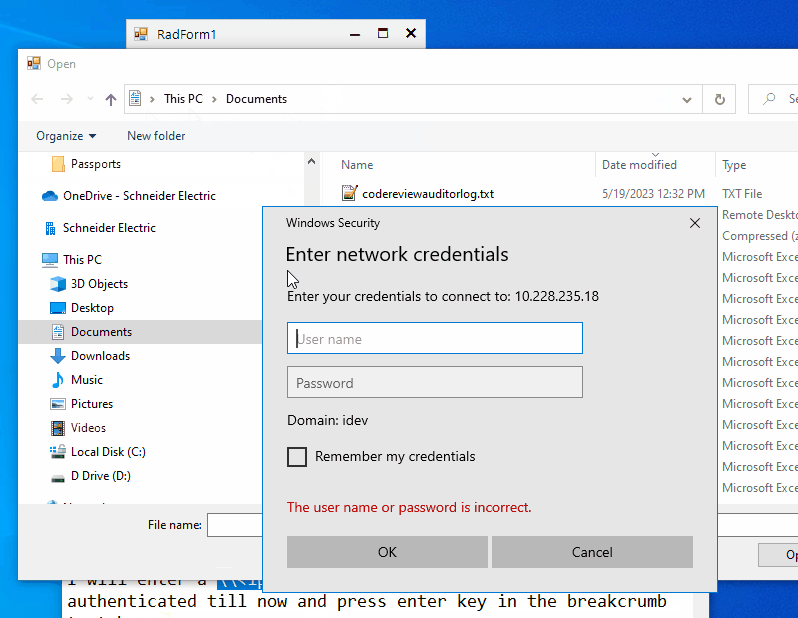
Pasting a Network path in the breadcrumb navigates the user to the respective location. However, the UNC path is displayed as expected. Please refer to the attached gif files.
I downloaded the ERP demo from here: https://www.telerik.com/support/code-library/erp-demo-application-for-winforms
After upgrading the projects to .NET 4.8 and running the application, the following exception is observed:
The full stack trace:
System.Data.Services.Client.DataServiceTransportException
HResult=0x80131509
Message=Unable to connect to the remote server
Source=Microsoft.Data.Services.Client
StackTrace:
at System.Data.Services.Client.HttpWebRequestMessage.GetResponse()
at System.Data.Services.Client.DataServiceContext.GetResponseHelper(ODataRequestMessageWrapper request, IAsyncResult asyncResult, Boolean handleWebException)
at System.Data.Services.Client.QueryResult.ExecuteQuery()
at System.Data.Services.Client.DataServiceRequest.GetQuerySetCount(DataServiceContext context)
at System.Data.Services.Client.DataServiceQueryProvider.ReturnSingleton[TElement](Expression expression)
at ERP.Client.PurchasesControl.Initialize() in C:\Users\dyordano\Downloads\009a20df-21b2-4e64-b129-eaf9e0a686f5_ERP-CS (1)\ERP.Client\CustomControls\Views\PurchasesControl.cs:line 48
at ERP.Client.BaseGridControl..ctor() in C:\Users\dyordano\Downloads\009a20df-21b2-4e64-b129-eaf9e0a686f5_ERP-CS (1)\ERP.Client\CustomControls\BaseGridControl.cs:line 49
at ERP.Client.PurchasesControl..ctor() in C:\Users\dyordano\Downloads\009a20df-21b2-4e64-b129-eaf9e0a686f5_ERP-CS (1)\ERP.Client\CustomControls\Views\PurchasesControl.cs:line 29
This exception was originally thrown at this call stack:
System.Net.Sockets.Socket.DoConnect(System.Net.EndPoint, System.Net.SocketAddress)
System.Net.ServicePoint.ConnectSocketInternal(bool, System.Net.Sockets.Socket, System.Net.Sockets.Socket, ref System.Net.Sockets.Socket, ref System.Net.IPAddress, System.Net.ServicePoint.ConnectSocketState, System.IAsyncResult, out System.Exception)
Inner Exception 1:
WebException: Unable to connect to the remote server
Inner Exception 2:
SocketException: A connection attempt failed because the connected party did not properly respond after a period of time, or established connection failed because connected host has failed to respond 65.52.19.99:80
Hi Team,
The Travel Assistant demos are broken... it just hangs. This is also true for the Xamarin Demos, WPF demos and WinForms demos.
Here are some screenshots:
UI for Winforms demos
Telerik UI for Xamarin demos
Our clients can download different product files from their Telerik account:
https://docs.telerik.com/devtools/winforms/installation-and-upgrades/download-product-files
Currently, when Digitally Signed Assemblies are necessary, they submit support tickets and the support engineers provide the signed assemblies. It would be nice to be directly uploaded to the Telerik account like the rest of the product files.


